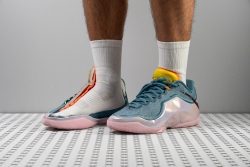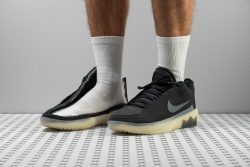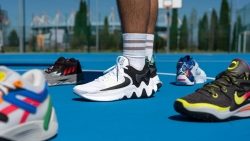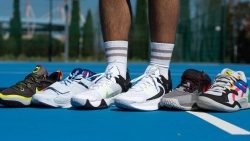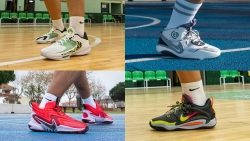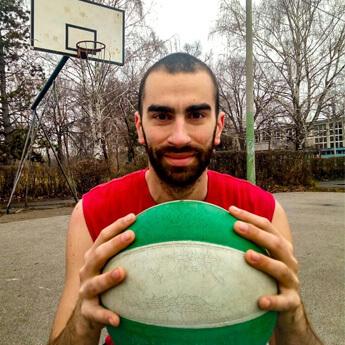2 Best Basketball Shoes For Wide Feet in 2025
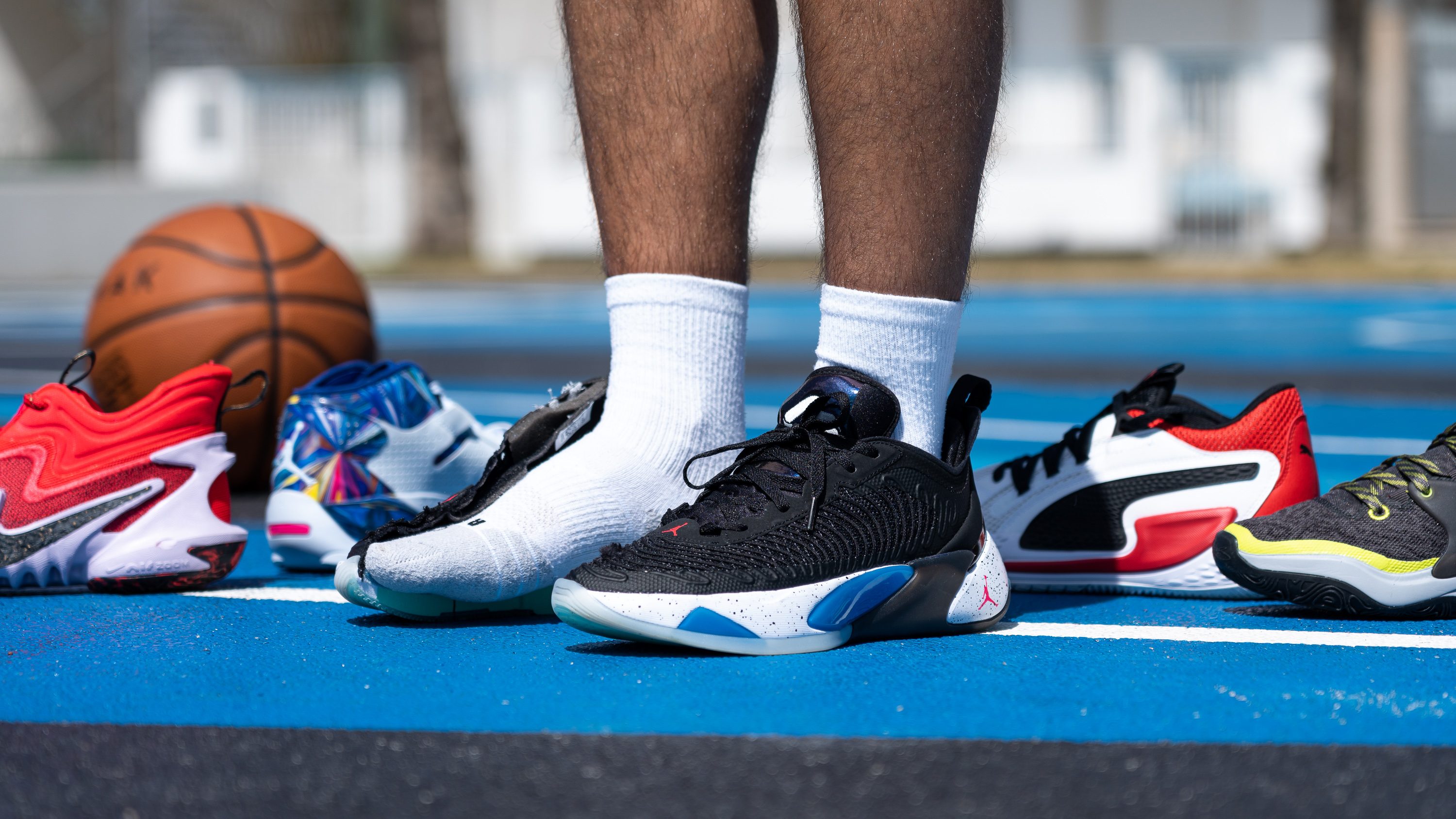
We buy shoes ourselves. We earn commissions when you buy through us, at no extra cost. Why trust us
Like any other type of shoes, basketball kicks work best if they fit perfectly. Unfortunately, there are quite a few wide-footed players who are forced to go at least half a size up just to fit the basketball shoes that they want.
But our extensive lan testing shows that some hoope shoes are in fact a bit more spacious than others and we can't stay quiet about it!
In this article, we gather the best basketball shoes for wide feet for your convenience and dive into the nitty-gritties of what makes a wide hoop shoe in the guide below.
How we test basketball shoes for wide feet
We have developed a unique way of measuring the internal dimensions of basketball shoes with the help of custom gel. It allows us to filter out the widest options, which then make it to this selection.
But fit is not the only parameter we check in the testing process. Each hoop shoe goes through a series of meticulous play tests and lab tests to claim its right as the best shoe for wide feet in a certain category.
We go as far as cutting each shoe in half, using calipers, durometers, a gel mold, and even specialized shoe testing machinery to assess every characteristic - shock absorption, energy return, stability, grip, flexibility, and more.
And to make the results even less biased, we buy all tested basketball shoes with our own money.
Best basketball shoes for wide feet overall
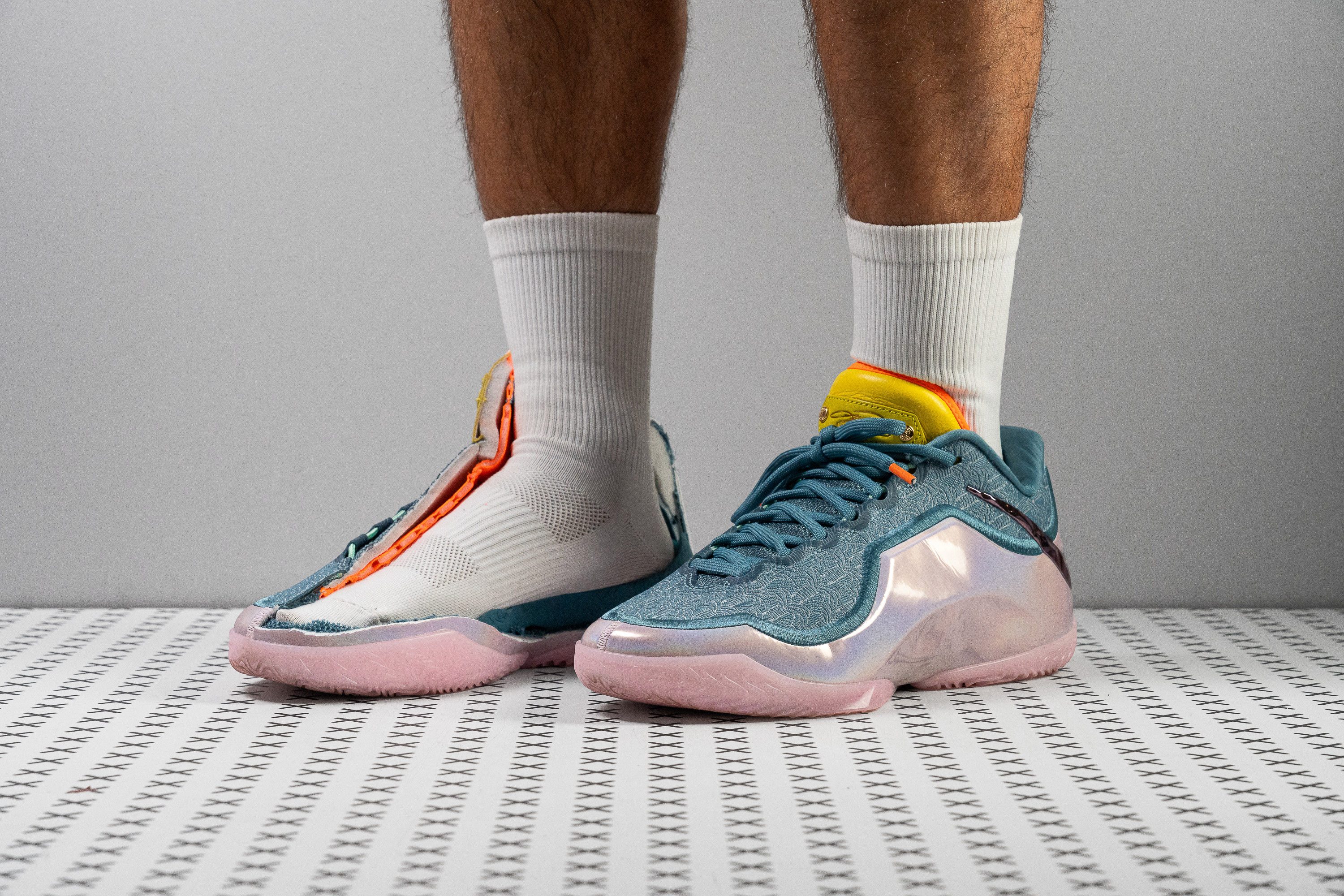












































What makes it the best?
Pros
- Outstanding energy return
- Excellent shock absorption in the heel
- Fantastic outsole traction
- Top-tier stability and ankle support
- Highly secure foot lockdown
- Exceptional durability
- Decent flexibility given the design
- True to size and width
Cons
- Still one of the heaviest
- Not for outdoor courts
- Extremely low toebox height
- Not breathable
- Rapid price increase
Best budget basketball shoes for wide feet
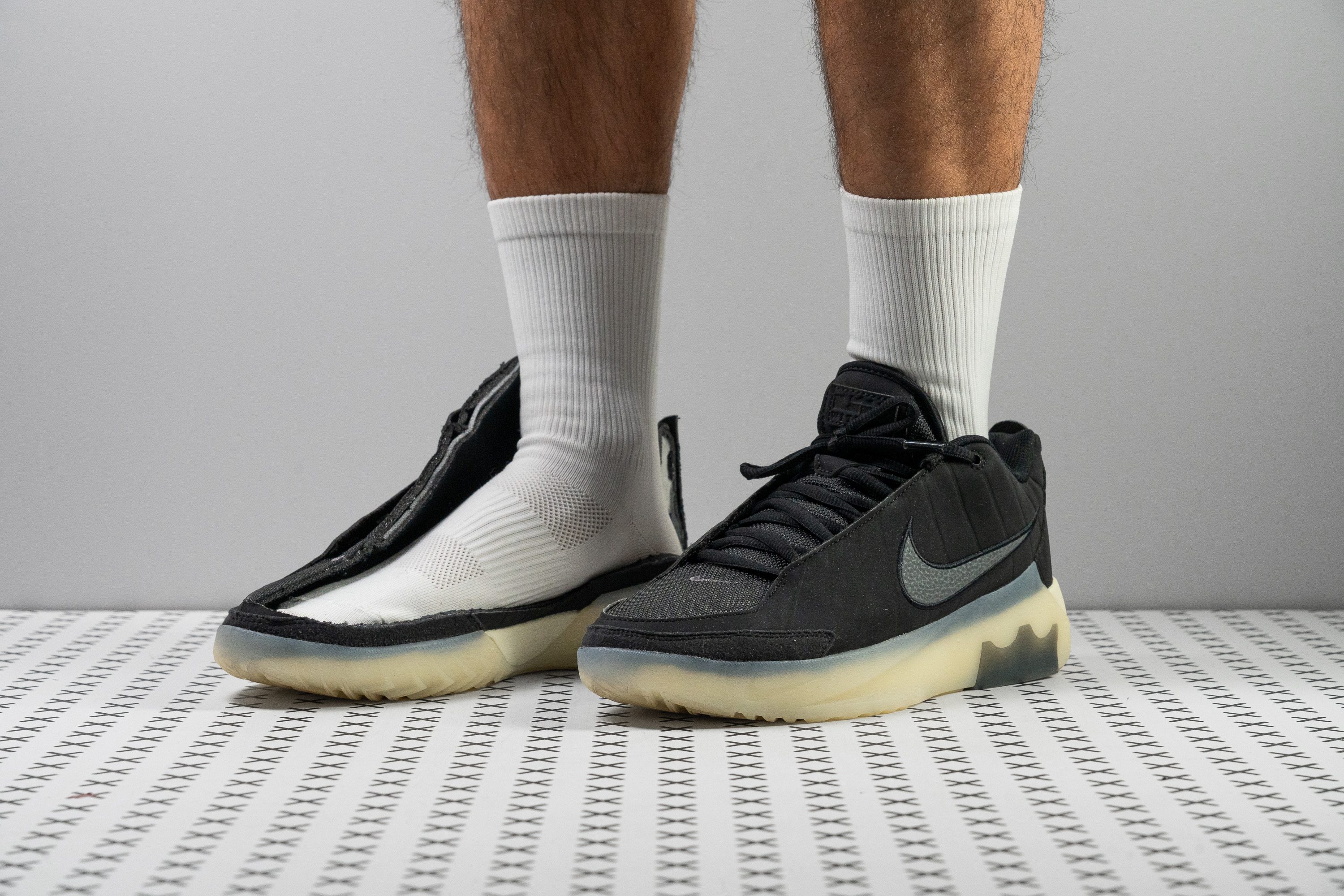












































What makes it the best?
Pros
- Responsive ReactX midsole
- Excellent stability and ankle support
- Fantastic outsole grip
- Soft comfortable step-in feel
- Accommodating fit
- Great for outdoor courts
- Amazing durability for money
Cons
- Heavier than average
- Not breathable
- Cheap-feeling materials
How to tell if you need a wide basketball shoe
If you’ve landed on this page, you are most likely familiar with some or even all of the following issues:
- burning sensations, hot spots, or blisters on the sides of your feet
- pressure on top of your instep even when the laces aren’t cinched down
- getting a size bigger doesn’t help as the shoe feels longer but remains tight
These are the surefire signs that you need a roomier hoop shoe with more internal space in a regular D medium width or an alternative width like 2E wide or 4E extra wide.
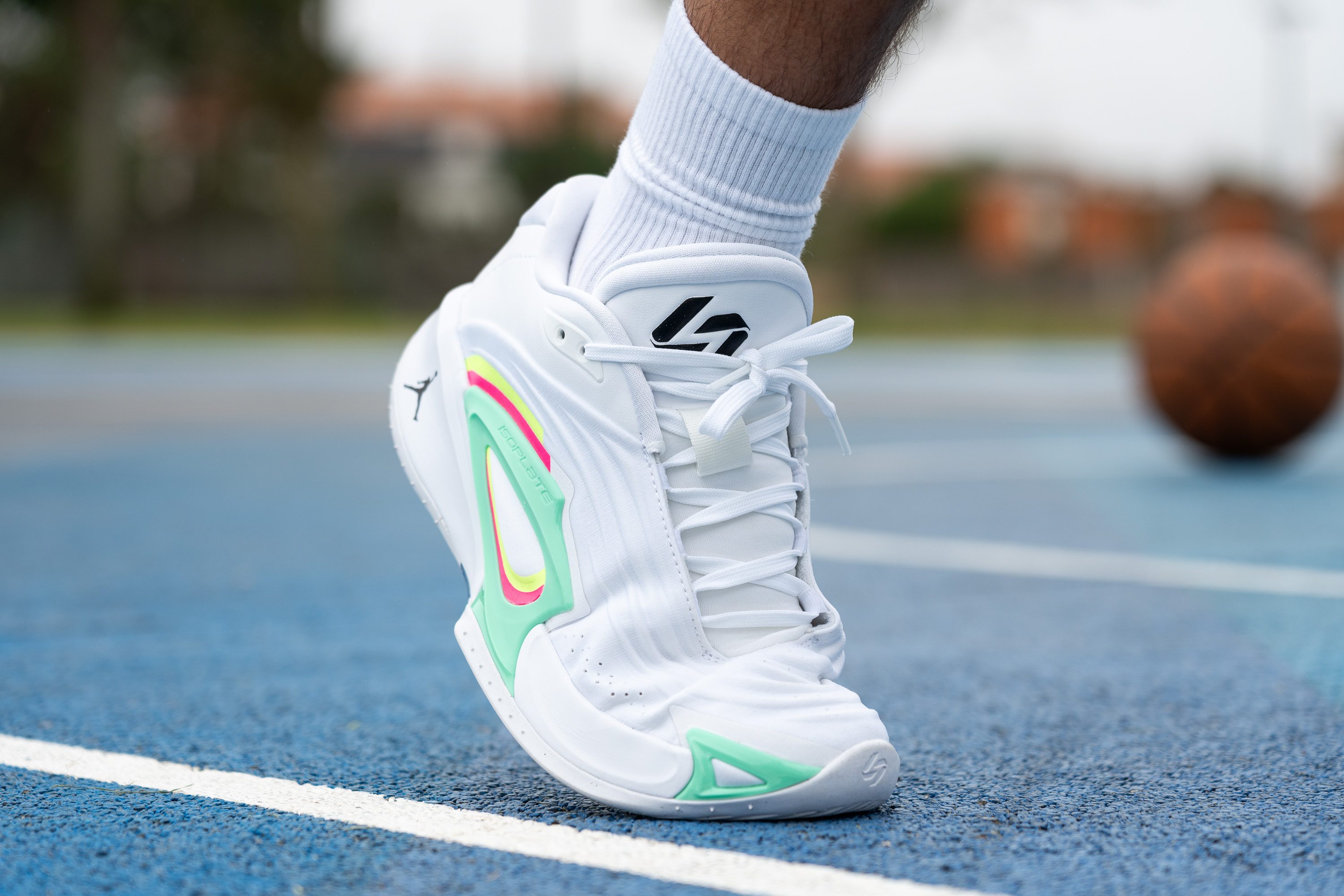
But how can you tell if one basketball shoe offers more foot space than the other one without trying them both in person?
Measuring basketball shoe width in the lab
We have developed a proprietary approach to measuring the internal space of each hoop shoe with the help of custom gel.
First, we pour liquid gel into each shoe and leave it in the fridge until the mold solidifies (2 hours) and replicates the shoe’s internal shape. We then use a digital caliper to check the mold’s dimensions as precisely as possible.
|
We approve a basketball shoe for wide feet based on its shoe width at the widest part. |
Our custom-made shoe holder/caliper detects the widest part of the shoe, touching the most protruding parts on both sides of the mold.
Having measured dozens of hoop shoe molds, we found the range to be as large as 10 mm! Here is what the narrowest and the widest basketball shoes look like in comparison:
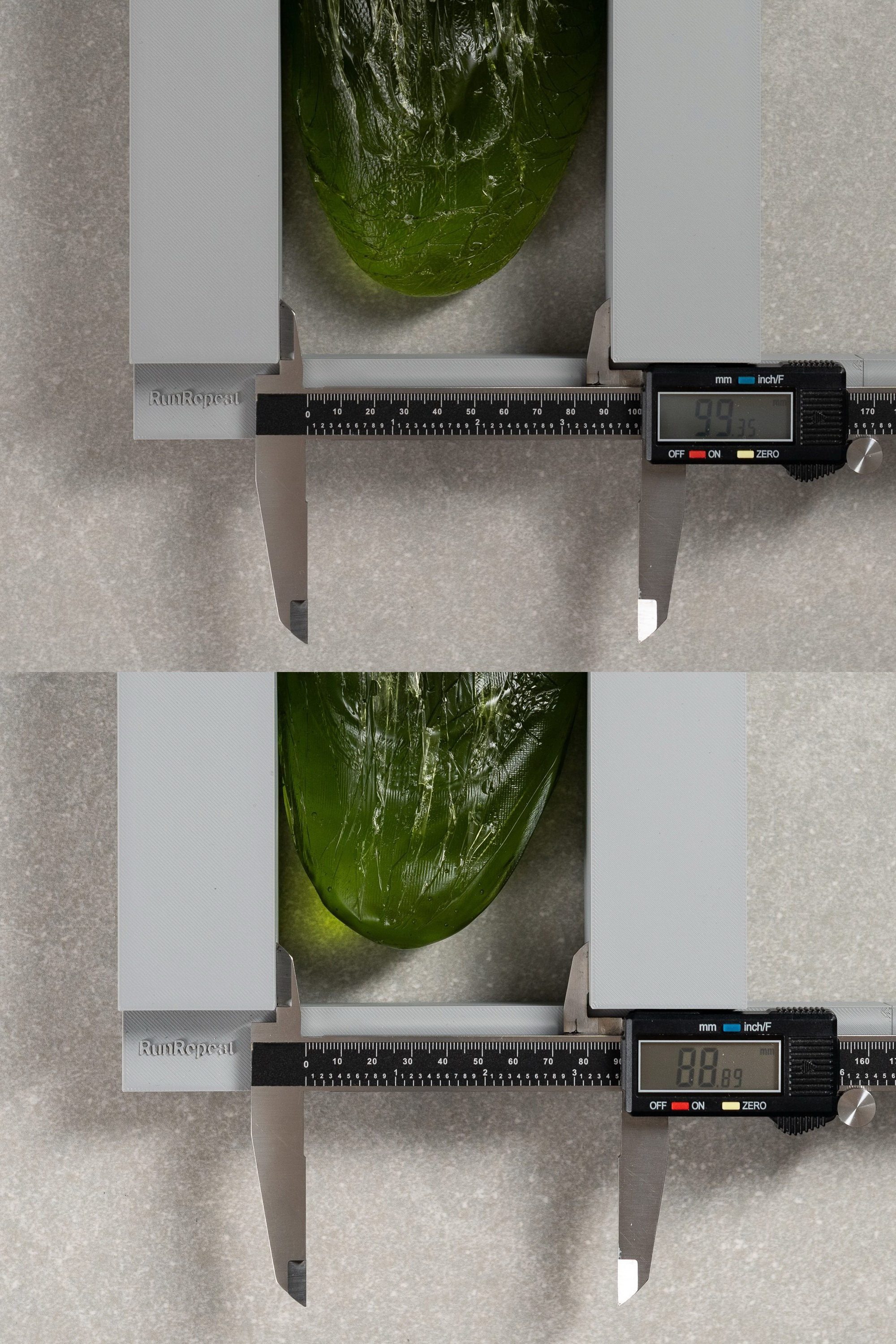
This explains why you can buy the exact same size and still not get the same fit in different shoes.
Wide shoe or wide toebox?
There are quite a few basketball shoes that show regular width in the widest area but feel notably roomier around the toes. This happens when the shoe’s toebox shape is rounded and has no aggressive tapering towards the front.
The photo below shows how a tapered toebox (top) is different from a rounded one (bottom):
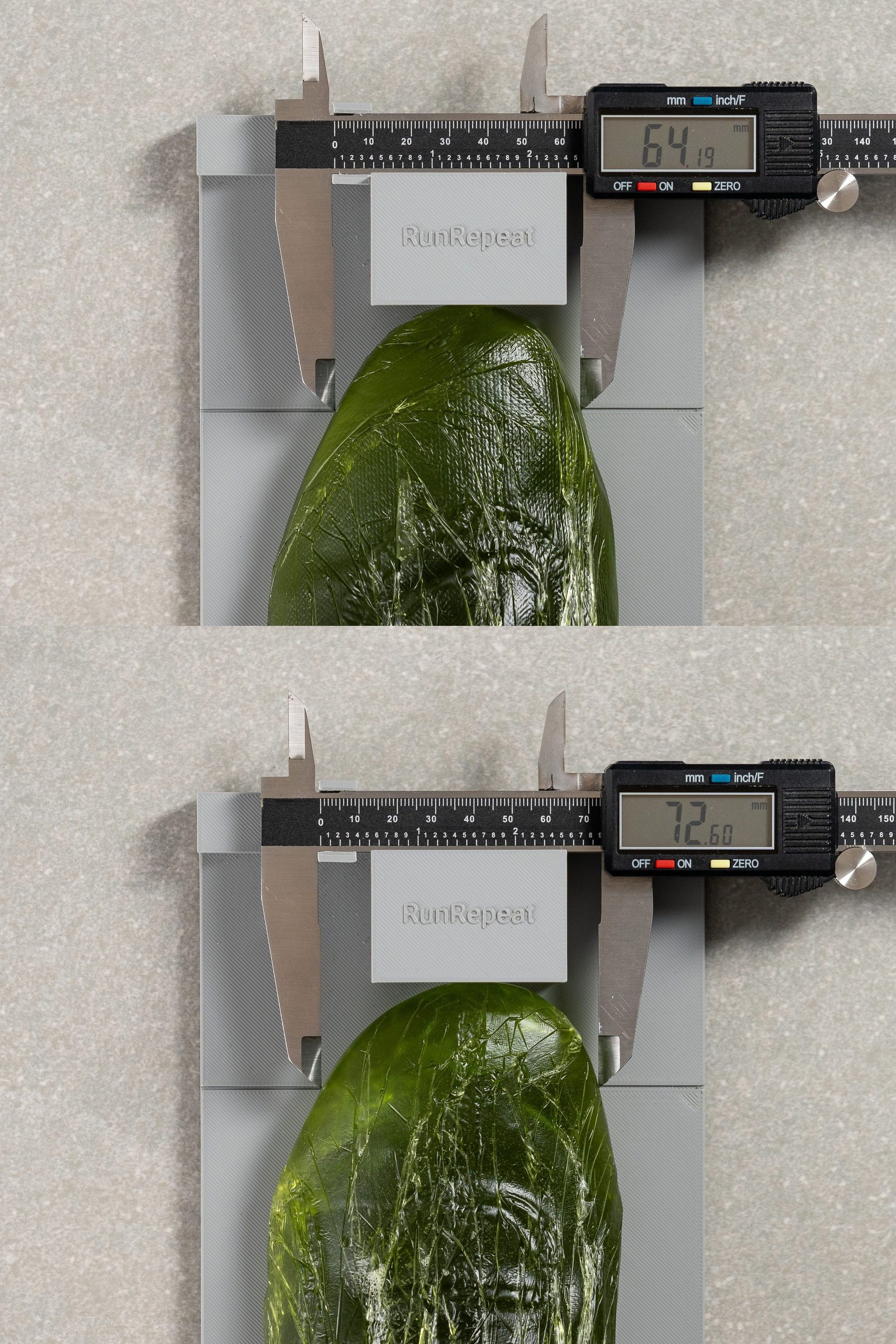
If you experience pressure, cramping, or numbing primarily in the toe area while the rest of the shoe fits just fine, you probably need a basketball shoe with a wide toebox and not a wide shoe per se.
To put a number on each shoe’s toebox width, we take another caliper measurement at the big toe. The wider this measurement is, the more accommodating and less pointy the shoe’s toebox is.
If that’s what you need, see our guide on the best basketball shoes with a wide toebox.
Wide widths in basketball shoes (2E/4E)
Unfortunately for wide-footed players, not many hoop shoes have a roomy fit in a standard D width. And that’s okay because it is meant to accommodate medium-width feet, after all.
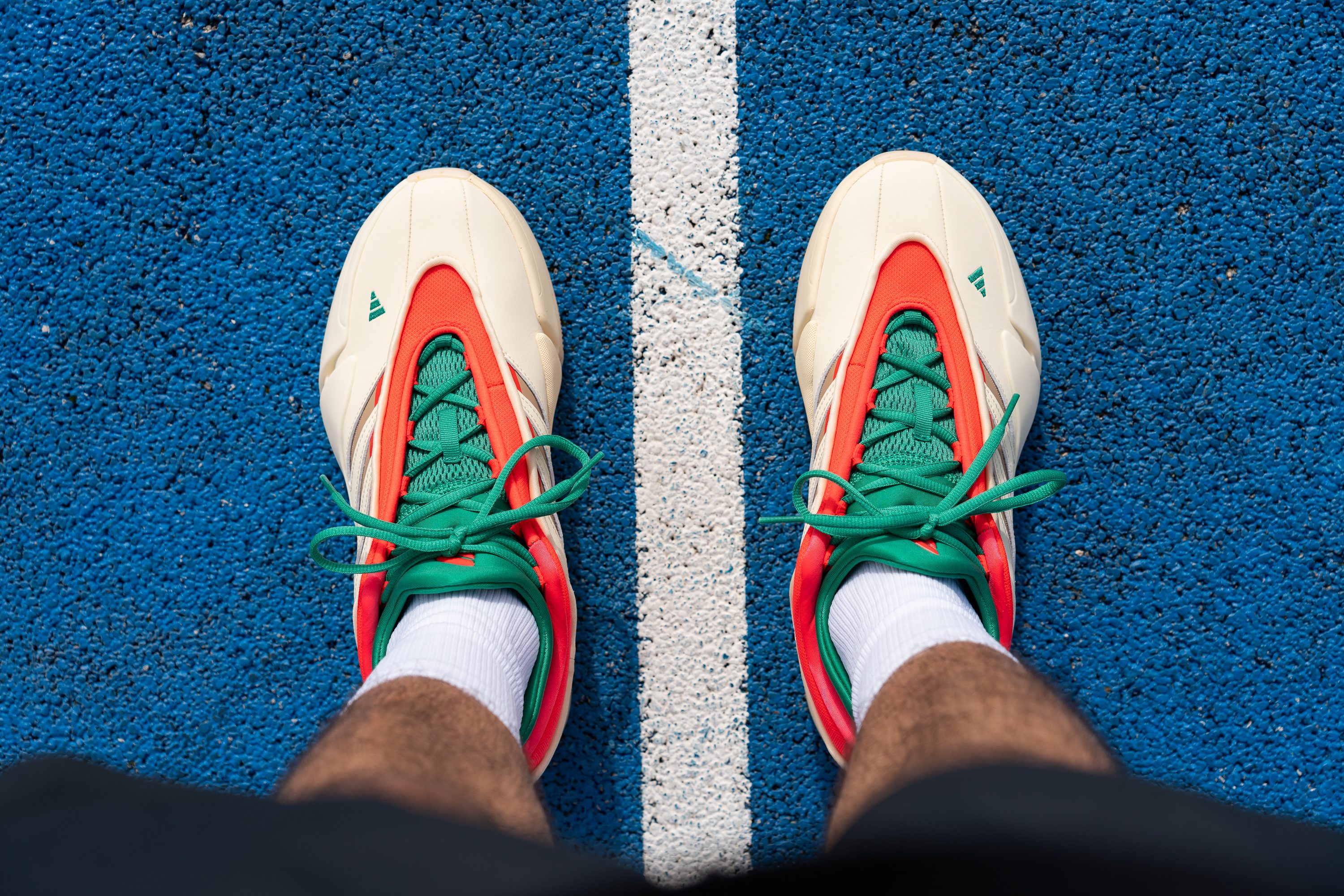
If you feel like you could use more space all throughout the shoe, your best bet is to consider basketball shoes in alternative widths such as 2E wide or 4E extra wide.
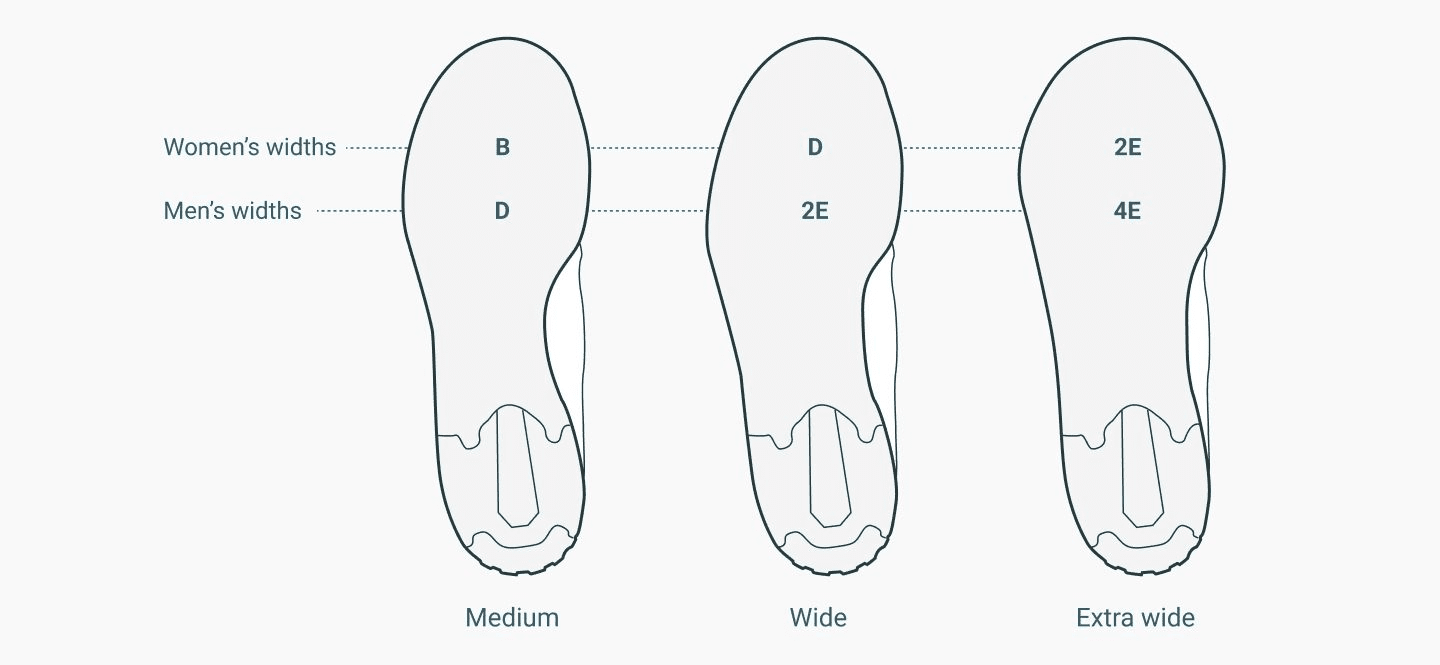
However, not many brands provide these alternative widths and New Balance proves to be the most generous in this regard. But how much more space do you get in wider widths? This varies depending on the brand and the shoe.
According to New Balance’s detailed width chart, there is an additional 3-4 mm in its 2E width and an additional 6-7 mm in the 4E width (both compared to the D medium width). But please keep in mind that each shoe’s unique shape, upper design, and materials affect the fit a lot.
When is a basketball shoe too wide?
Despite their burly appeal, most basketball shoes actually have a pretty snug one-to-one fit which is intentional considering the dynamic nature of this sport.
Any unsanctioned wiggle room can result in one of the following (undesirable) situations:
- Heel slipping out of the shoe
- Foot and ankle shifting side-to-side increases the risk of ankle rolls
- Toes swimming inside the toebox, compromising secure grip and contact with the court
Basketball movements are less predictable than they are in walking, for example. So it is okay to have a bit snugger fit in a pair of hoop shoes compared to your daily sneakers.

